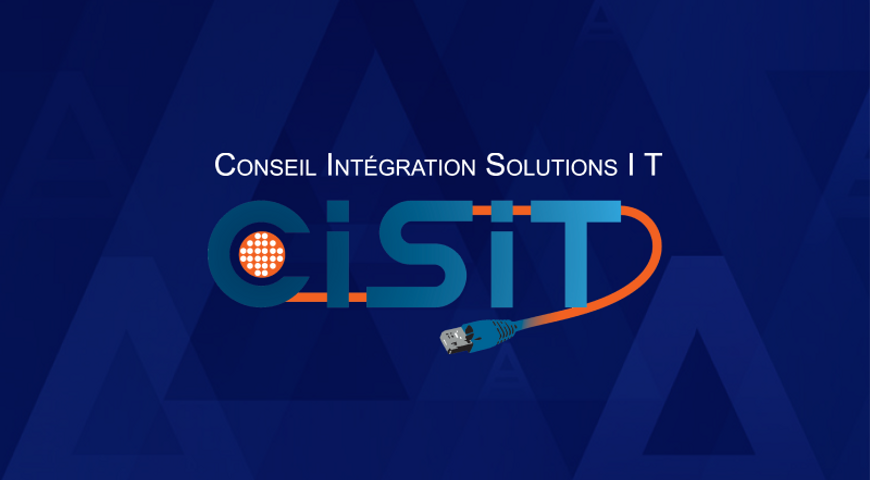Sounds unreal? Read on. I’ll demonstrate how I can reach a recovery time objective (RTO) of less than 15 seconds on my desktop. For you, it may be less, or may be more — for obvious reasons it depends on the size of the backup that you're restoring, network speed, and the power of your machines. Before we start, let me share a bit of history.
I remember discovering backup solutions about 25 years ago, and the wonder of recovery. The ability to pull out the diskettes and tapes and restore some files sounded magic. I started using backups as part of my IT operations – and for sure, it saved me a lot of gray hair and stress.
However, back in 2003, I had an issue with a server at around 11PM, which I had to recover for few hours after that. I realized that while the ability to recover was great, it also needed to be fast.
Disk-imaging technology, faster storage, and new protocols have changed RTOs from hours to minutes. However, now many businesses cannot afford even minutes and seek for ways to reduce the RTOs to seconds or even zero.
While these RTOs can be achieved by traditional technologies, like replication, high-availability, or fault tolerance, they can carry a high total cost of ownership (TCO), prohibitive for small businesses.
Luckily, a lot has happened since 2003. New technologies such as Acronis Instant Restore™ are here to help you achieve RTOs of 15 seconds or less, without high cost.
Acronis Instant Restore lets you boot a copy of your system on an existing Microsoft Hyper-V or VMware vSphere ESXi host directly from the backup storage without moving data. Since you are not moving data, the recovery time is down to a jaw-dropping 10-15 seconds.
Here’s how it works. The Acronis Backup 12 agent, which is installed on your virtual host, creates a virtual storage device on your host that looks like a datastore. Whenever the hypervisor reads from this virtual device, the agent will retrieve the data from the backup storage and present it to the hypervisor. As a result, there is no need to move the entire backup to the hypervisor storage – the reading of the backup happens on-demand. And if the hypervisor wants to write data, it is written to a temporary storage location on the host.
As you can see, the technology is transparent to the hypervisor: the virtual machine (VM) will start, the operating system and applications will be operational, and the data will be available.
In order to ensure success of the process, the Acronis Backup agent will also apply the versatile Acronis Universal Restore technology to the restored system. This instantly launches the backup of any system – physical or virtual, Windows or Linux.
Last week, I configured my desktop PC with a Windows 10 system, and enabled the Hyper-V. I also had a few full image backups of multiple test machines – including Windows Server 2012 R2, Windows 10, and Windows Server 2003.
Then I used Acronis Backup 12 and Acronis Instant Restore to run these machines as VMs on my Hyper-V. Results were astonishing – all machines booted in less than 15 seconds on each test. I saw the logon screen in about 30 seconds every time.
Of course, your results may vary, though the configuration of my PC is not extraordinary – it has a desktop CPU, good (but not extraordinary) amount of RAM, and a consumer-grade SSD disk as the primary storage. For convenience, I also had backups stored on the local disk as well.
This means you can achieve the same results in your datacenter – and if you have server-grade hardware, your recovery may even be faster.
One of our lab engineers have recorded this quick video of the process:
Note this is the actual timing – no cuts.
Try it for yourself. Check out Acronis Backup 12 today and experience the industry's best backup for Windows Server 2016.
About Acronis
A Swiss company founded in Singapore in 2003, Acronis has 15 offices worldwide and employees in 50+ countries. Acronis Cyber Protect Cloud is available in 26 languages in 150 countries and is used by over 21,000 service providers to protect over 750,000 businesses.



